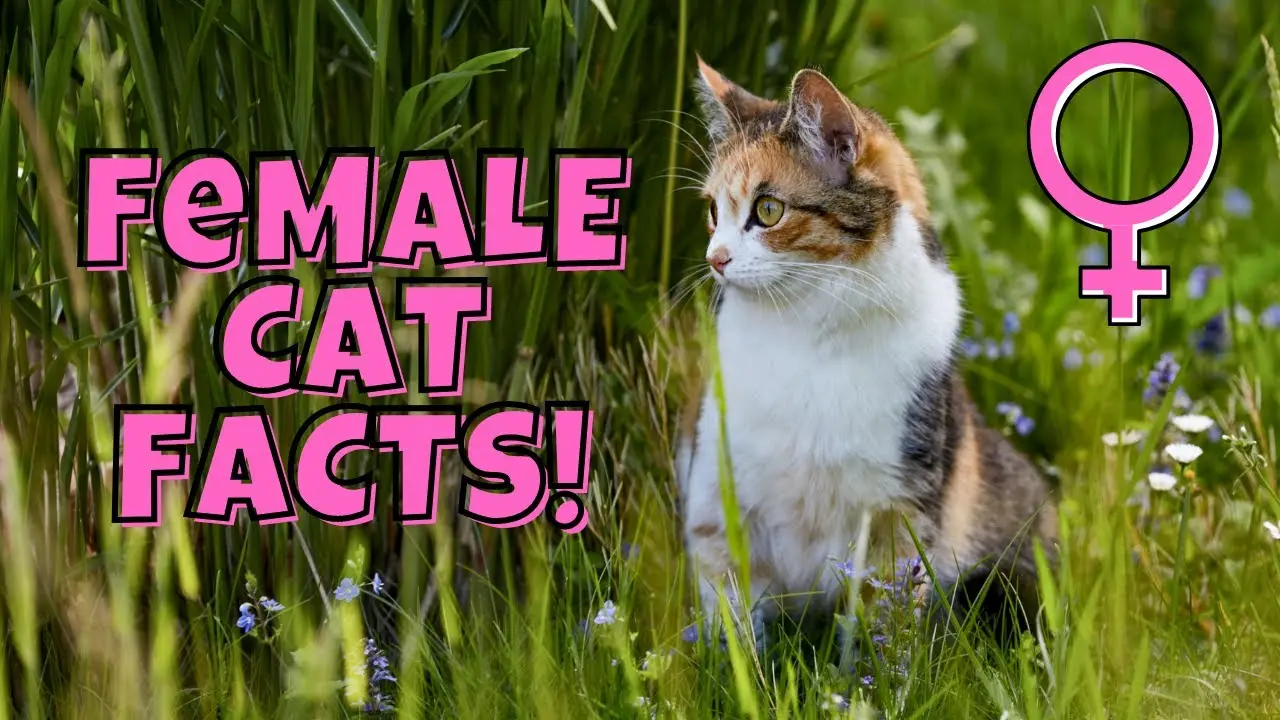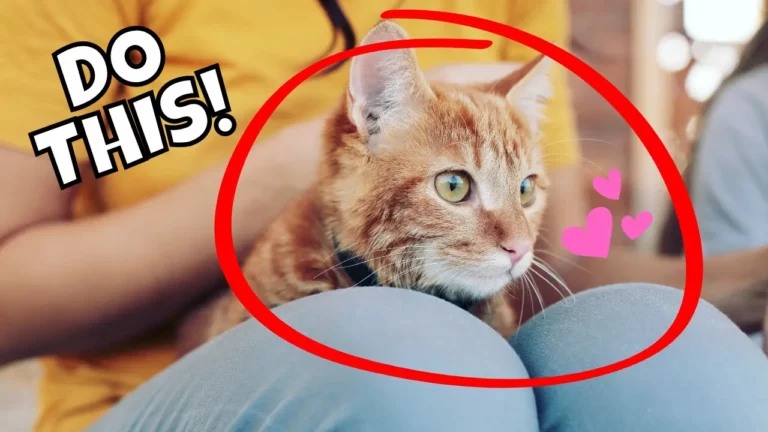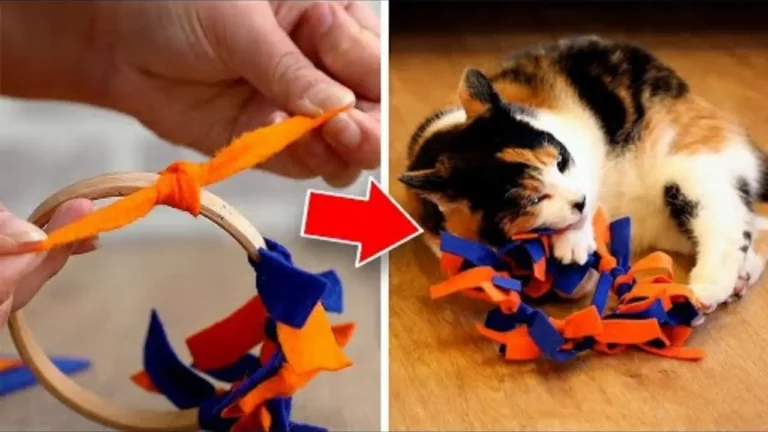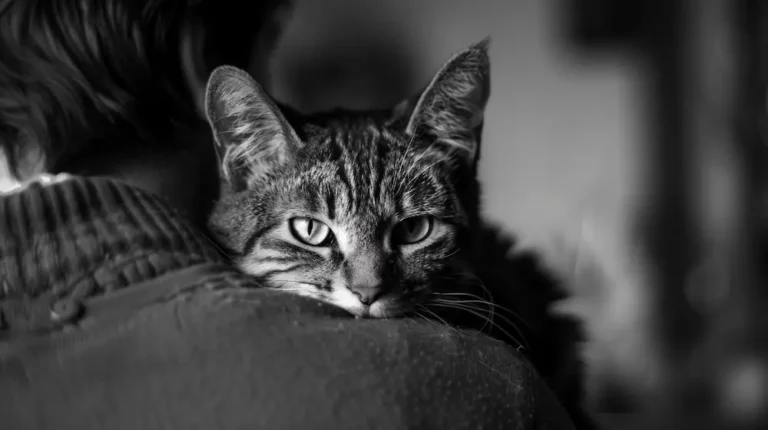12 Fascinating Facts About Female Cats (#11 Is Beautiful)
When you think about female cats, you might be surprised by the unique characteristics that set them apart.
From their striking coat colors to their nurturing instincts, female cats have a host of fascinating traits that make them stand out.
Did you know that only female cats can be tortoiseshell or calico?
And that’s just the beginning.
Their early maturity and strong maternal instincts are just a couple of the many intriguing aspects of their behavior.
But there’s one fact that’s particularly beautiful, and you won’t want to miss it as we uncover these 12 enchanting details.
Unique Coat Colors
Female cats can showcase an array of unique coat colors, thanks to their distinct genetic makeup.
You might notice that female cats often display more varied and vibrant patterns compared to male cats.
This diversity comes from the two X chromosomes they possess.
Each X chromosome can carry different genes for coat color, leading to a fascinating mix of hues and patterns.
For instance, have you ever seen a tortoiseshell or calico
The reason is quite simple: the genes responsible for these vibrant coats are located on the X chromosome.
Since females have two X chromosomes, they can express a combination of colors that males, with only one X chromosome, typically can’t.
In addition, female cats can also exhibit a wider range of solid colors, like black, orange, and gray.
The interplay between dominant and recessive genes on their X chromosomes results in this delightful variety.
When you look at a female
Each unique pattern tells a story of the intricate dance between her genes, making her one-of-a-kind.
Early Maturity
Despite their small size, young female cats often reach sexual maturity quite early, sometimes as young as four months old.
This important development means that if you have a kitten, you need to be mindful of her potential to become pregnant at a surprisingly young age.
Unlike many other animals, female cats can go into heat multiple times a year, which increases the chances of early pregnancies if they’re not spayed.
You might notice behavioral changes when your
She may become more vocal, frequently rubbing against objects, and even showing an increased desire to go outside.
These behaviors are part of the natural process, signaling that she’s ready to mate. It’s crucial to be aware of these signs to manage her health and well-being effectively.
Spaying your
Not only does spaying help control the
By being proactive and informed, you can make sure your young female
Maternal Instincts
A mother
From the moment her kittens are born, she begins to clean them, using her tongue to stimulate their breathing and circulation.
This initial grooming also helps to establish a strong bond between the mother and her offspring.
You’ll notice that a mother
Nursing is another important aspect of her care. She’ll allow her kittens to nurse frequently, providing them with essential nutrients and antibodies that help build their immune systems.
During this period, she may even become more aggressive towards other animals or people to safeguard her young.
As the kittens grow, the mother
These maternal instincts aren’t only fascinating but also crucial for the kittens’ development and well-being.
Vocal Communication
Cats have a wide range of vocalizations that they use to communicate with humans and other animals.
Female cats, in particular, often have a distinctive way of vocalizing.
You might notice that your
A common one is the ‘meow,’ which can vary in pitch and length. When she wants attention, she might use a short, high-pitched meow, while a longer, more drawn-out meow can indicate she’s feeling lonely or hungry.
Purring is another important vocalization.
While it often signifies contentment, it can also be a self-soothing mechanism when a
Pay close attention to the context in which your
Hissing, growling, and yowling are more aggressive or defensive sounds, indicating that your
By observing and listening to these vocal cues, you can better understand and respond to your female
Agile Hunters
Ever wondered why female cats are such skilled hunters? It’s all about their agility and keen instincts.
Female cats, especially those in the wild, often take on the role of providing food for their young.
This responsibility has honed their hunting skills over generations.
Their sleek, muscular bodies, combined with sharp claws and teeth, make them formidable predators. They can stalk silently, pounce with precision, and capture their prey with remarkable efficiency.
Their vital senses play an essential role too.
A female
Her sensitive whiskers and acute sense of hearing help detect the slightest vibrations and sounds, making it easier to locate prey even when it’s hidden.
Additionally, their flexible spines and powerful hind legs enable them to leap great distances, often catching their prey off guard.
You’ve probably noticed how your own
This playful behavior is actually practice for hunting.
Social Hierarchies
In the intricate world of cat social structures, female cats often establish and maintain complex hierarchies.
These hierarchies are essential for creating a stable environment within a multi-cat household or feral colony.
Female cats, or queens, use a variety of behaviors to assert dominance and maintain social order. This can include grooming, vocalizations, and even subtle body language.
You might notice that some female cats are more assertive while others are more submissive.
This isn’t random; it’s a result of their social ranking. Dominant females often have first access to food and preferred resting spots.
They might also be more involved in communal activities like grooming and caring for kittens.
Understanding these social dynamics can help you create a more harmonious environment for your cats.
Providing multiple resources like food bowls, litter boxes, and resting areas can reduce competition and stress.
Observing your cats’ interactions will give you valuable insights into their social structure, allowing you to intervene if necessary.
Longevity
Female cats often live longer than their male counterparts, benefiting from both genetic and behavioral factors.
On average, a female
One key reason for this difference is that female cats are generally less prone to risky behaviors.
They tend to roam less and avoid potentially dangerous encounters, which can greatly reduce their chances of accidents or injuries.
Another important factor contributing to the longevity of female cats is their lower likelihood of developing certain health issues.
Female cats, especially those that are spayed, face a reduced risk of contracting diseases like immunodeficiency virus (FIV) and leukemia virus (FeLV), which are often spread through fights and mating behaviors.
Spaying also helps prevent uterine infections and cancers, adding to their overall health and longevity.
Additionally, female cats are often keener on maintaining their grooming habits, which can help them stay cleaner and less susceptible to infections or parasites.
Territorial Behavior
Territorial behavior in cats is a fascinating display of their instinctual need to establish and defend their space.
Female cats, in particular, can be quite territorial, often marking their domain through scent glands located on their faces, paws, and tails.
By rubbing these areas against furniture, doorways, and even you, they’re leaving behind pheromones that signal ownership.
This behavior helps them feel secure and can reduce stress, especially in multi-cat households.
You might also notice your female
She’ll inspect her surroundings regularly, ensuring there are no intruders.
If another
This isn’t just about aggression; it’s about maintaining a safe and secure environment where she and her offspring can thrive.
Providing your
Make sure she’s plenty of toys and activities to keep her occupied, which can reduce territorial stress.
Understanding and respecting your
Reproductive Cycle
While observing your
This cycle usually begins when your
During this time, she’ll become more affectionate, often rubbing against you or furniture more frequently.
You’ll also hear her meowing louder and more persistently, sometimes even yowling.
These vocalizations are a call to potential mates, signaling her readiness to breed.
Additionally, you might observe her assuming a mating posture—lowering her front half, raising her hindquarters, and moving her tail to one side.
This stance, known as lordosis, is a clear sign she’s in heat.
The estrus cycle lasts between a few days to two weeks and will repeat every two to three weeks until she mates or is spayed.
Spaying your
Understanding your
Grooming Habits
Cats are meticulous groomers, spending a significant portion of their day cleaning their fur. If you’ve ever watched a female
She’ll start by licking her paws, then use them to scrub her face, ears, and head.
This self-grooming behavior helps her remove dirt and loose fur, but it also plays an important role in regulating her body temperature and distributing natural oils that keep her coat shiny and healthy.
You might notice that female cats are particularly fastidious about grooming.
This behavior isn’t just about cleanliness; it’s also a stress-relief mechanism.
When she feels anxious or threatened, grooming can have a calming effect.
Additionally, grooming helps reduce the risk of skin infections and parasites, contributing to her overall well-being.
Frequent grooming means your
However, it’s still important to brush her regularly to assist with shedding and reduce the amount of hair she ingests.
Mother-Kitten Bond
Just as grooming is an essential part of a female
This maternal connection begins even before the kittens are born, as the mother
Once the kittens arrive, the mother’s nurturing behavior plays a crucial role in their survival and development.
She diligently nurses them, keeping them warm and protected.
You’ll notice that a mother
This isn’t just about cleanliness; it also stimulates their bodily functions and strengthens their bond.
Through grooming, she teaches them essential social behaviors and helps them feel secure. The gentle nudges and purrs you observe are her ways of communicating love and reassurance.
As the kittens grow, the mother gradually introduces them to solid food and encourages independence while still keeping a watchful eye.
She’ll correct their behavior with gentle swats if they stray too far or act too boldly.
This balance of protection and discipline prepares the kittens for life beyond the nest.
The mother-kitten bond is a beautiful and crucial part of their early development, ensuring they grow into healthy, confident cats.
Health Differences
Female cats exhibit distinct health differences compared to their male counterparts. One notable difference is that female cats are more prone to certain reproductive-related conditions.
For example, unspayed females can develop pyometra, a serious uterine infection that may require emergency surgery.
It’s also worth noting that spaying your female
In addition to reproductive health, you should be aware that female cats, especially those that aren’t spayed, can go through heat cycles. These cycles can affect their behavior and overall well-being.
During these times, they might become more vocal, restless, and even attempt to escape in search of a mate.
By spaying your
Lastly, female cats generally have a slightly longer lifespan compared to males.
This is partly because they tend to be less prone to certain behaviors, like roaming and fighting, that can lead to injuries or infections.
Conclusion
Understanding the unique traits of female cats will enhance your appreciation for these enchanting companions. From their striking coat colors and early maturity to their nurturing maternal instincts and agile hunting skills, female cats offer a blend of beauty and strength.
Their vocal communication, grooming habits, and distinctive health differences further highlight their fascinating nature. By recognizing these qualities, you’ll foster a deeper bond with your






